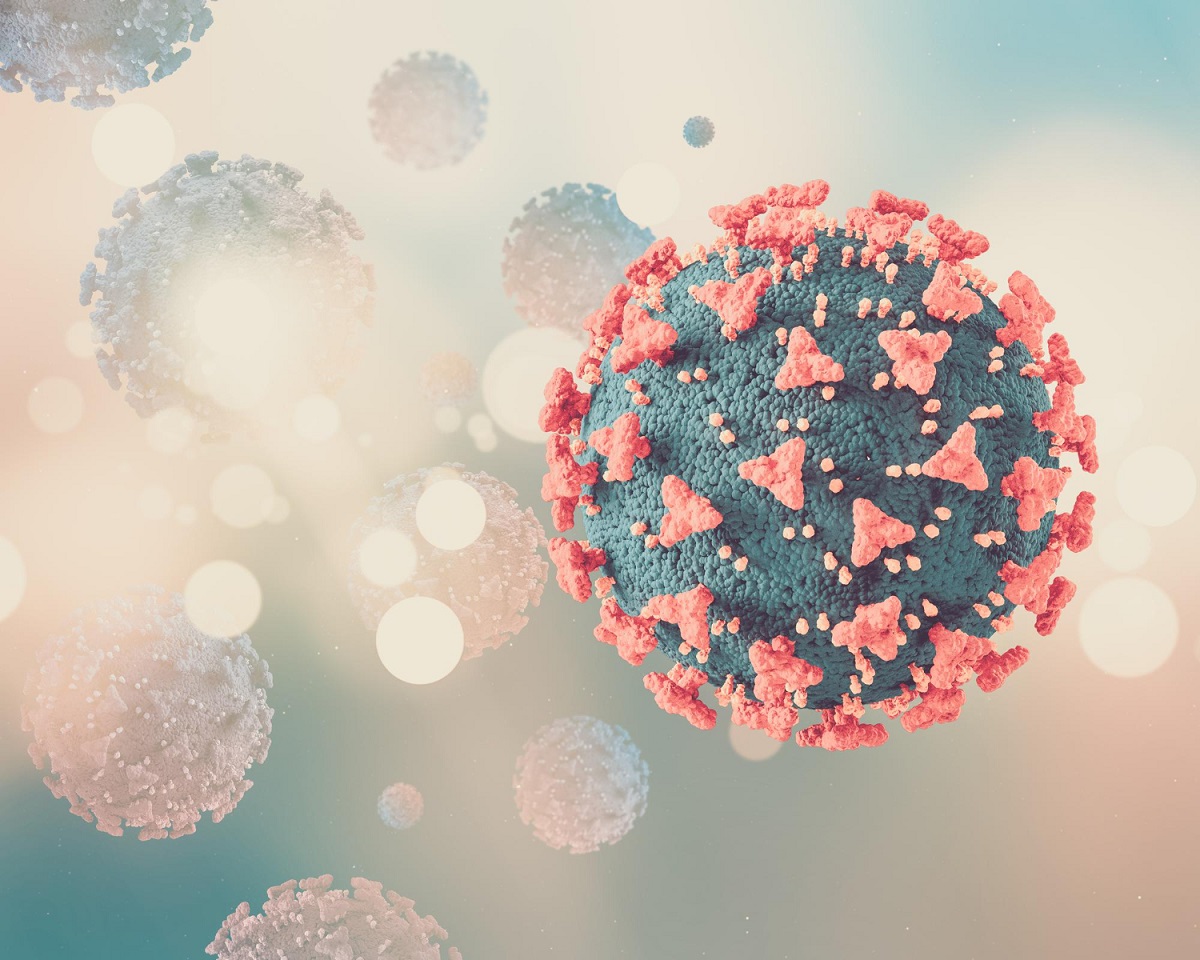KEY TAKEAWAYS
- The study aimed to investigate the causal relationship between AD and various histological subtypes of LC using the MR method.
- Researchers observed that AD potentially lowers LUAD risk; further investigation is ongoing.
Growing evidence has shown that atopic dermatitis (AD) may decrease lung cancer (LC) risk. However, the causality between the 2 diseases is inconsistent and controversial.
Therefore, Peng Huang and the team explored the causal relationship between AD and different histological subtypes of LC using the Mendelian randomization (MR) method.
They performed an inclusive analysis using summary statistics from large-scale GWAS datasets of (AD; 10,788 cases and 30,047 controls) and (LC; 29,266 cases and 56,450 controls). Instrumental variables (IVs) were derived by excluding single nucleotide polymorphisms (SNPs) associated with potential confounders.
Methods employed included inverse-variance weighted (IVW), MR-Egger, and weighted median approaches to combine estimates, accompanied by thorough sensitivity analyses.
Researchers found that the IVW method indicated that AD may decrease the risk of developing lung adenocarcinoma (LUAD) (OR = 0.91, 95% CI: 0.85-0.97, P = 0.007). Additionally, no causality was identified between AD and overall LC (OR = 0.96, 95% CI: 0.91-1.01, P = 0.101), lung squamous cell carcinoma (LUSC) (OR = 1.04, 95% CI: 0.96-1.036, P = 0.324), and small cell lung carcinoma (SCLC) (OR = 0.95, 95% CI: 0.82-1.10, P = 0.512). A comprehensive sensitivity test showed the robustness of the results.
The study concluded that AD potentially decreases the risk of LUAD in the European population, highlighting the necessity for further investigations into elucidating the underlying molecular mechanisms.
This research was supported by the Science & Technology Department of Sichuan Province Funding Project (2022YFSY0027).
Source: https://pubmed.ncbi.nlm.nih.gov/38965791/
Huang P, Wen F, Wu Q, et al. (2024). “The causal effect of atopic dermatitis on lung cancer: A Mendelian randomization study.” Skin Res Technol. 2024 Jul;30(7):e13841. doi: 10.1111/srt.13841. PMID: 38965791; PMCID: PMC11224128.



